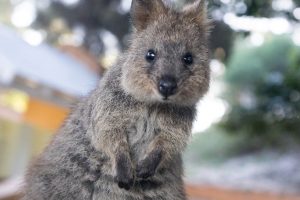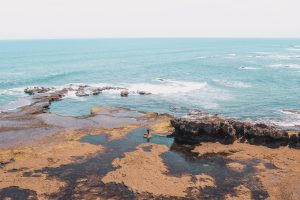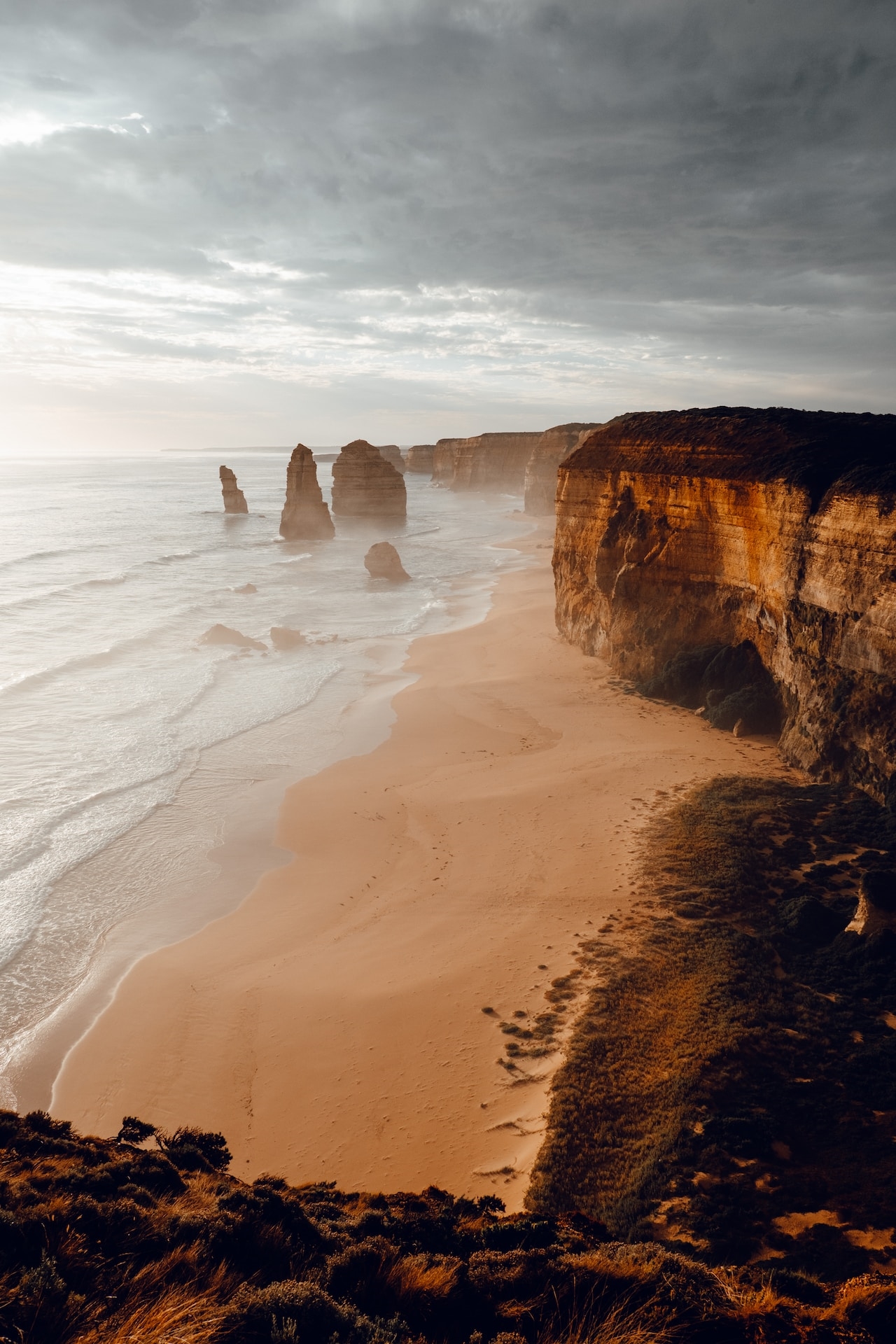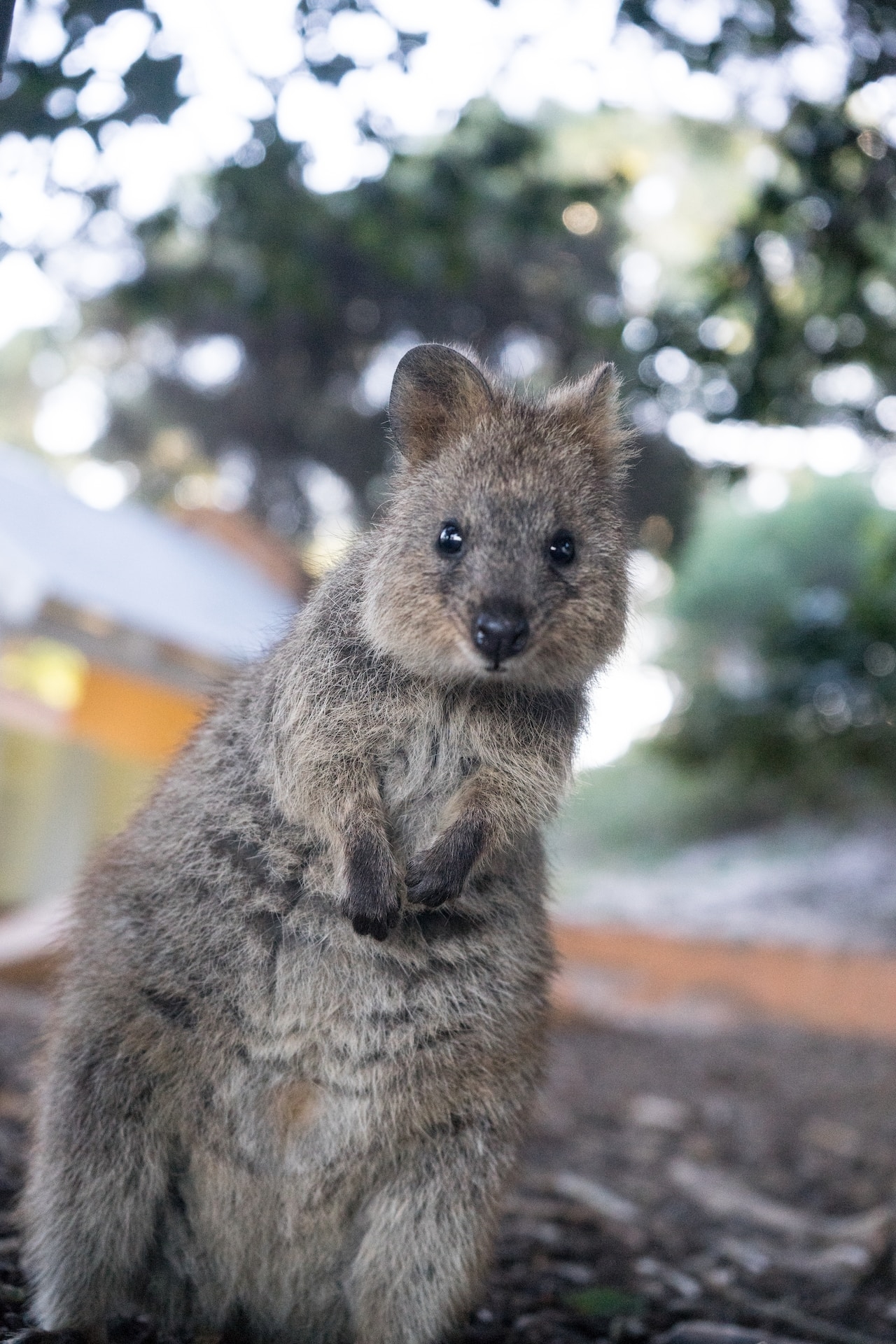Uluru, also known as Ayers Rock, and Kata Tjuta, also known as the Olgas, are two iconic rock formations located in the Uluru-Kata Tjuta National Park in Central Australia.
Uluru: The Sacred Monolith
Uluru is a large sandstone rock formation that rises out of the flat desert landscape. It is considered sacred by the Anangu people, the traditional owners of the land, and holds great spiritual significance.
Uluru is one of the most famous landmarks in Australia and attracts thousands of visitors each year. Its unique geological and cultural value has earned it a place on the UNESCO World Heritage List.
Kata Tjuta: The Group of Many Heads
Kata Tjuta, meaning “many heads” in the local Aboriginal language, is a collection of 36 domed rock formations located about 30 kilometers west of Uluru.
Like Uluru, Kata Tjuta is also sacred to the Anangu people. It is believed to have spiritual significance and is a site of important ceremonies and rituals.
The Connection between Uluru and Kata Tjuta
Uluru and Kata Tjuta are believed to be connected through ancient Aboriginal Dreamtime stories and creation myths.
According to one story, the two rock formations were once the bodies of two ancestral beings, Wati Liru and Kuniya. Wati Liru, a poisonous snake, attacked Kuniya, a python woman, and during their fight, they shaped the landscape, creating the distinctive features of Uluru and Kata Tjuta.
Another story tells of the travels and battles between the Rainbow Serpent and the Liru, the poisonous snake. It is said that these epic battles resulted in the creation and shaping of both Uluru and Kata Tjuta.

Visiting Uluru and Kata Tjuta
Visitors to Uluru-Kata Tjuta National Park can explore both Uluru and Kata Tjuta through a variety of guided tours and walks.
It is important to note that climbing Uluru is considered disrespectful to the Anangu people and their cultural beliefs. Visitors are encouraged to respect the wishes of the traditional owners and opt for the many other ways to experience the beauty and significance of these sacred sites.
In conclusion
Uluru and Kata Tjuta are two interconnected rock formations with great cultural and spiritual significance. They both hold a special place in the hearts and beliefs of the Anangu people and continue to inspire awe and wonder in visitors from around the world.











